#jupiter and juno mount ida by james barry: juno & jupiter
Text
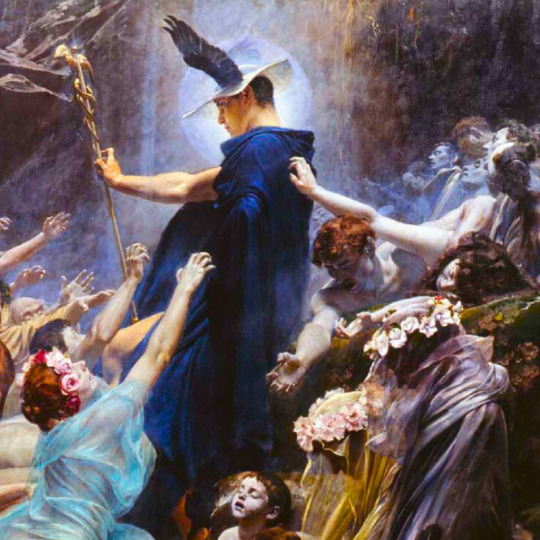

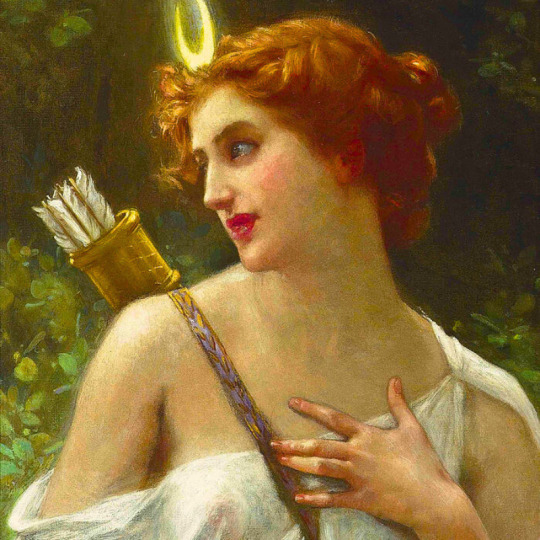

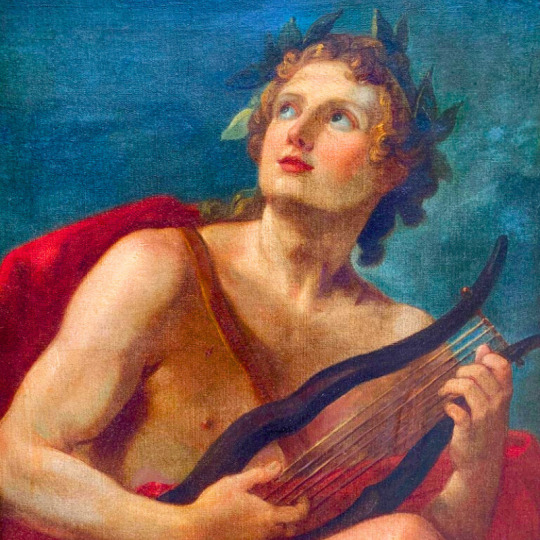

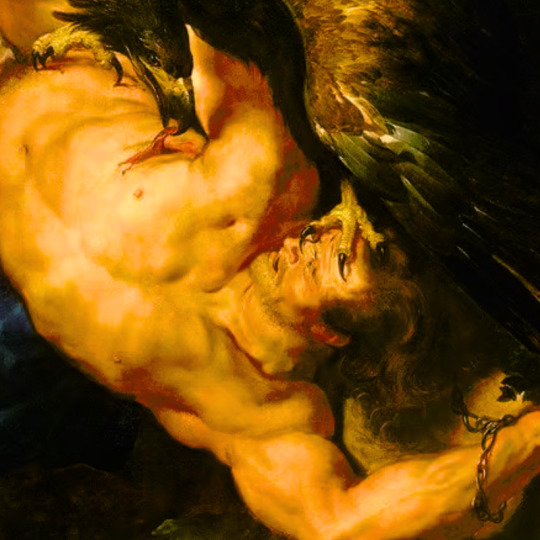



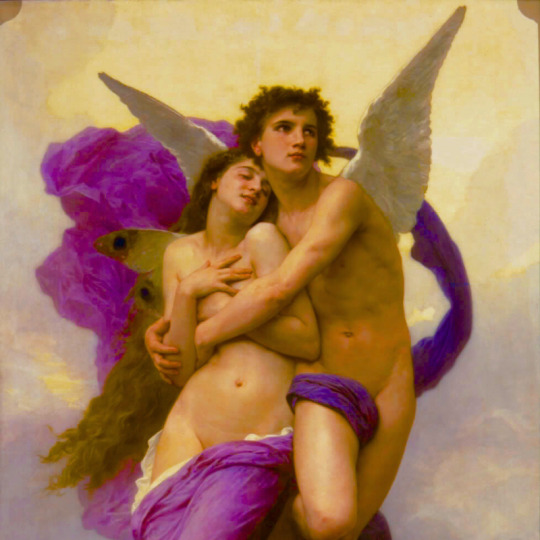
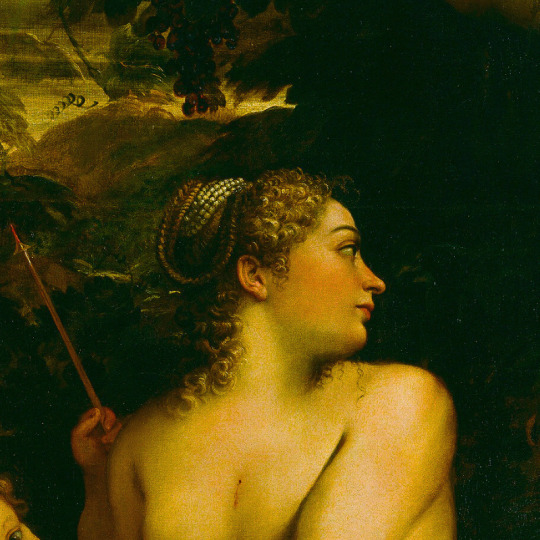




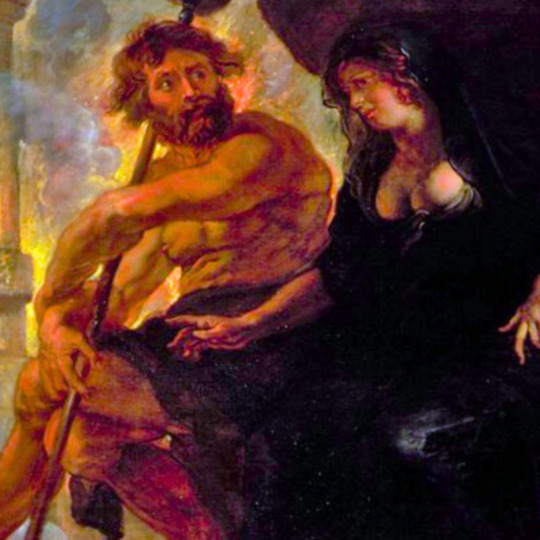
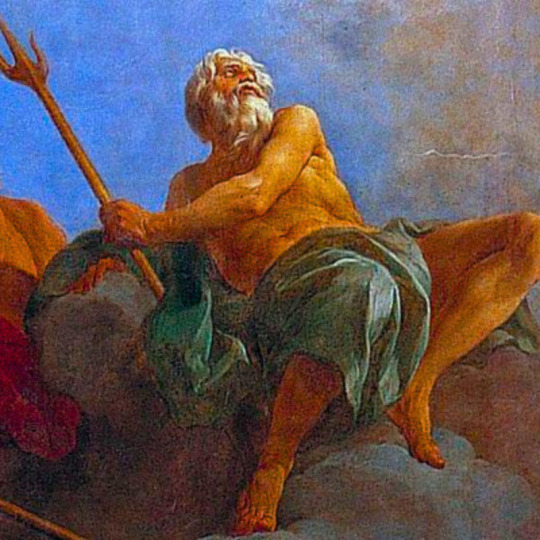
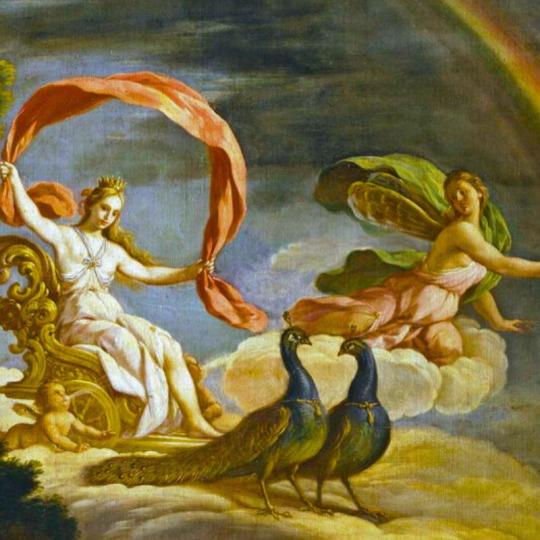

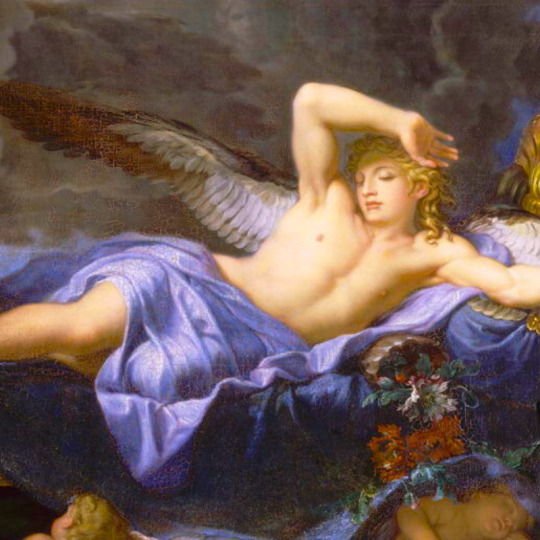

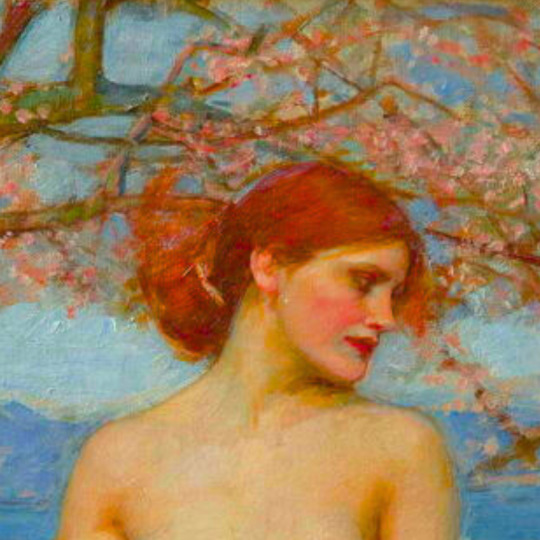


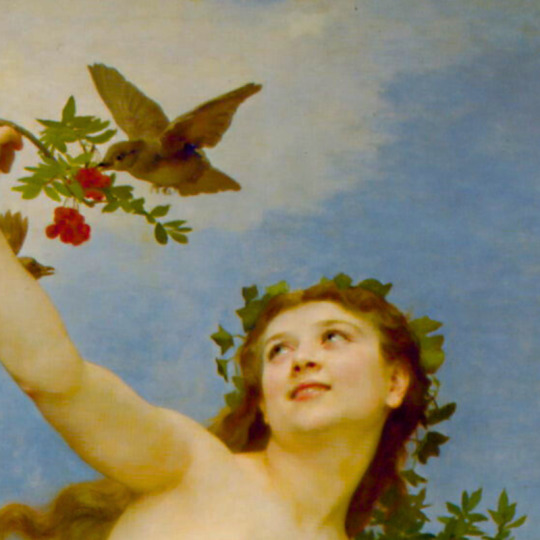
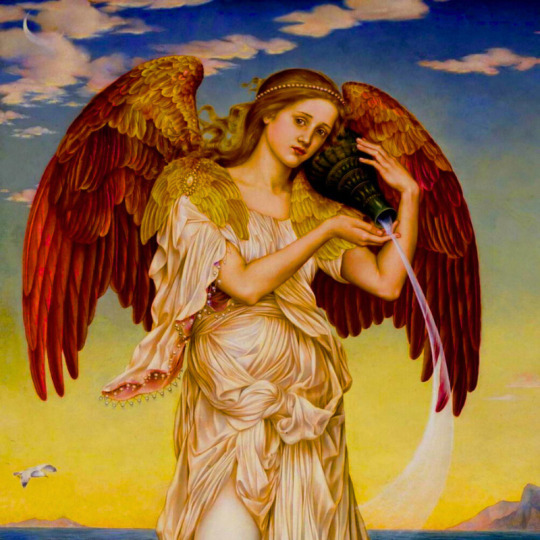



roman & greek gods + art
#souls on the banks of acheron by adolf hieremy-hirschl: hermes#the triumph of bacchus by diego velazquez: bacchus#diana the huntress by guillaume seignac: diana#jupiter and juno mount ida by james barry: juno & jupiter#apollo by charles joseph natoire: apollo#pallas and the centaur by sandro botticelli: pallas/athena#prometheus bound by peter paul rubens & frans snyders: prometheus#jupiter enthroned by heinrich friedrich fuger: jupiter#head of mars by unknown: mars#the birth of venus by sandro botticelli: venus#the abduction of psyche by william adolphe bouguereau: eros & psyche#venus adonis and cupid by annibale carracci: venus#diane the hunter by giuseppe cesari: diana#venus demanding arms from vulcan for aeneas by charles-joseph natoire: vulcan#hermes and athena by bartholomeus spranger#athena and pegasus by theodoor van thulden#orpheus and eurydice with pluto and proserpina by peter paul rubens#the apotheosis of hercules by francois lemoyne: neptune#allegory of air by antonio palomino: hera & iris#iris by john atkinson grimshaw: iris#morpheus awakening as iris draws near by rene-antoine houasse: morpheus#flora and zephyrus by jan brueghel the elder & peter paul rubens: zephyrus#a song of springtime by john william waterhouse: flora#justice and divine vengeance pursuing crime by pierre-paul prud'hon: nemesis#night and sleep by evelyn de morgan: nyx & morpheus#hemera goddess of the day by william-adolphe bouguereau: hemera#eos by evelyn de morgan: eos#selene and endymion by ubaldo gandolfi: selene#thetis bringing the armour to achilles by benjamin west: thetis#bellona with romulus and remus by alessandro turchi: bellona
503 notes
·
View notes
Photo

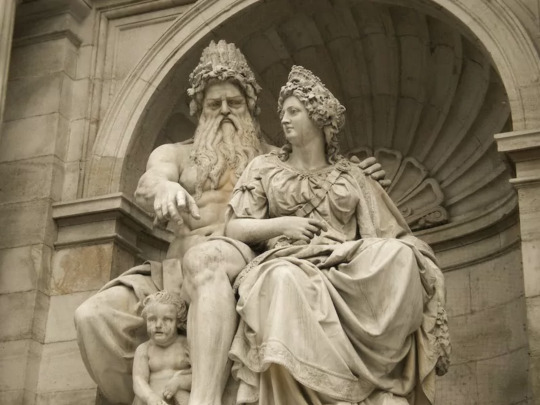

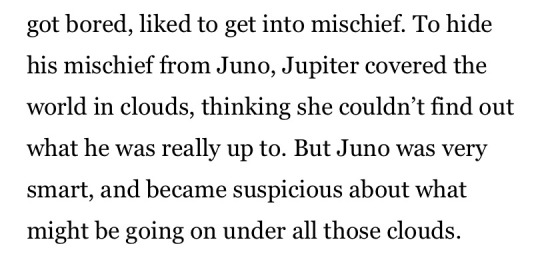




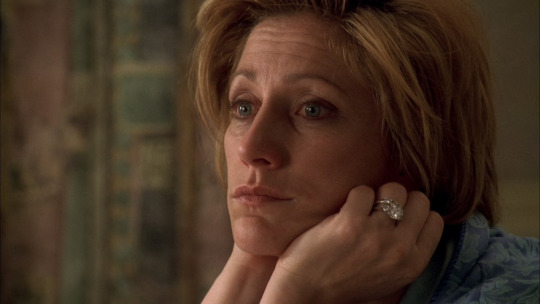
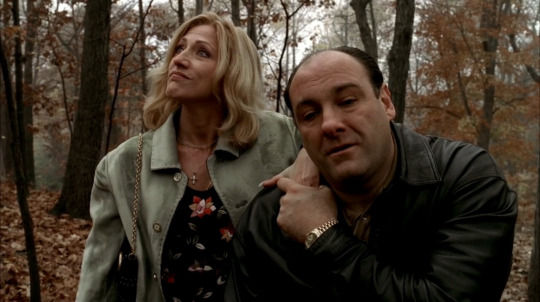
Jupiter and Juno on Mount Ida (detail) by James Barry / The Sopranos / Statue of Zeus and Hera in Albertina Square, Vienna, Austria / Jupiter & Juno by Diane K. Fisher
641 notes
·
View notes
Photo
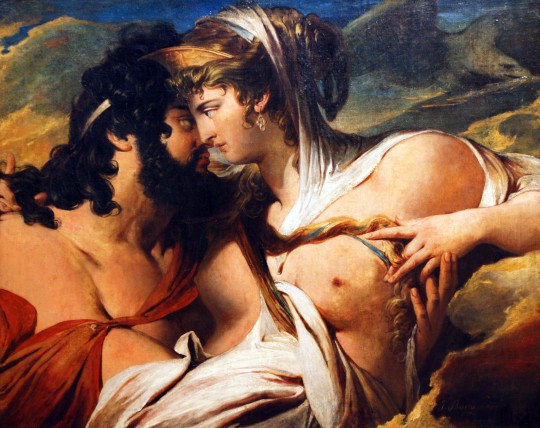
Venus Square Jupiter June 11, 2023
Venus square Jupiter transit is ideal for having fun but not so good for working hard. You should be feeling happy, optimistic, generous, and very friendly.
https://astrologyking.com/venus-square-jupiter/?fbclid=IwAR2m_0e_YzIjgipP-eGEjvEbL6tYe73cShrRfw6wRYSulz-apYJMq0e1D98
Jupiter beguiled by Juno on Mount Ida
by James Barry
77 notes
·
View notes
Text
Wishing you a blessed Theogamia! 🦚

On this 27th day of the lunar month of Gamelion, the ancient Athenians celebrated the sacred marriage of Zeus and Hera.
"With that the son of Cronus caught his wife in his arms
and under them now the holy earth burst with fresh green grass,
crocus and hyacinth, clover soaked with dew, so thick and soft
it lifted their bodies off the hard, packed ground…
Folded deep in that bed they lay and round them wrapped
a marvelous cloud of gold, and glistening showers of dew
rained down around them both. And so, deep in peace,
the Father slept on Gargaron peak, conquered by Sleep
And strong assaults of Love, his wife locked in his arms."
--- Homer, "The Iliad," translated by Robert Fagles
Art: "Jupiter and Juno on Mount Ida" (1773) by James Barry
8 notes
·
View notes
Text
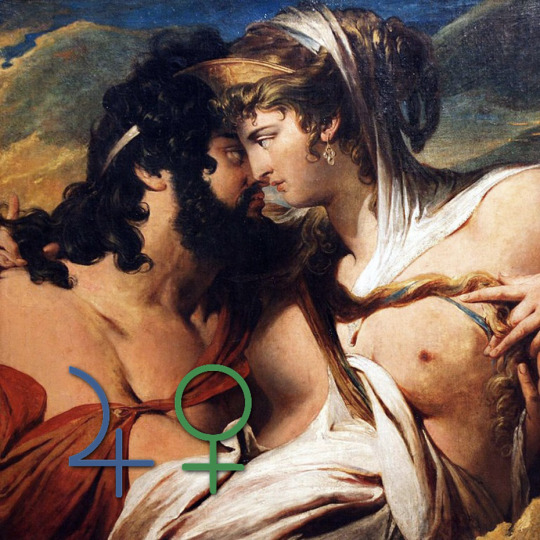
Venus Opposite Jupiter October 1, 2022
Jupiter-Venus love triangle is a dynamic interplay between the forces of power and passion. Passion and power are the two primal principles that move men and women on this planet.
Jupiter beguiled by Juno on Mount Ida by James Barry
16 notes
·
View notes
Text

Zeus and Hera
ZEUS AND HERA bickered constantly. Vexed by his infidelities, she often humiliated him by her scheming ways. Though he would confide his secrets to her, and sometimes accept her advice, he never fully trusted Hera, and she knew if offended beyond a certain point he would flog or even throw a thunderbolt at her. (Zeus and Hera, Robert Graves, The Greek Myths, p. 53)
Zeus’ courtship of his sister Hera, both children of the Titan, Cronus, was not gentle. He sought her out at Cnossus on Crete, and she spurned him until he assumed the form of a bedraggled cuckoo. Hera cuddled the distressed bird to her bosom, whereupon Zeus resumed his natural shape and ravished her. In shame, Hera agreed to marry her brother.
Although he made Hera Queen of Olympus, Zeus was not a faithful husband, and infuriated by his faithlessness, Hera resolved, like Zeus and Cronus before her, to overthrow the Lord of Creation. She persuaded all the other Gods and Goddesses to help her in this dangerous task, and one day, while Zeus slept, the Olympians leapt on their king and bound him in rawhide ropes. Thetis the Nereid, fearing civil war should Zeus escape, summoned the Hundred Handed Giant, Briareus, who freed the King of his bonds while Hera and her compatriots were celebrating their victory. Zeus’ punishment of his wife was harsh and agonising: he suspended her from the Sky by golden bracelets around her ankles, and anvils fastened to her ankles. He told the outraged Gods that he would free their Queen only if they agreed never to rebel against him again. The vow was sworn and no further attempt was ever made to unseat Zeus.
Graves proposes the ravishing and punishment of Hera symbolised the overthrow of the reign of the Mother Goddess in Greece by invading Hellenes from the north, who replaced her worship with that of the patriarchal Sky God, Zeus.
Illustration: Jupiter and Juno on Mount Ida (detail) by James Barry (1790)
9 notes
·
View notes
Text
Julie Demboski's ASTROLOGY - Asteroid Basics: A Quick Guide to Reading Them in the Chart https://juliedemboski.com/2024/01/19/asteroid-basics-a-quick-guide-to-reading-them-in-the-chart/ via @jdem759
0 notes
Photo
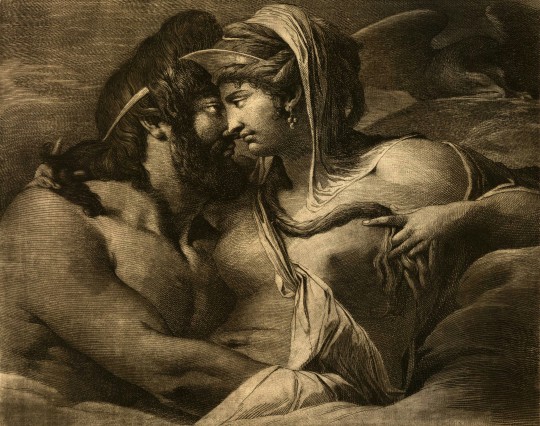
Jupiter and Juno on Mount Ida by James Barry (1804-05)
#james barry#art#etching#illustration#fine art#19th century art#19th century#neoclassical#neoclassical art#neoclassicism#british artist#english art#mythology#roman mythology#roman pantheon#roman folklore#jupiter#juno#lovers#classic art
187 notes
·
View notes
Photo

James Barry Jupiter and Juno on Mount Ida 1790-99
18 notes
·
View notes
Photo


Jupiter Beguiled by Juno on Mount Ida by James Barry (detail)
#my edits#painting detail#painting edit#james barry#18th century#yet another by james barry!#irish painters#irish artists#romance painters
279 notes
·
View notes
Text

'Jupiter and Juno on Mount Ida'. James Barry. Etching, Line engraving and mezzotint. C. 1804-05.
72 notes
·
View notes
Photo

Jupiter and Juno on Mount Ida by James Barry
19 notes
·
View notes
Photo



part III coming soon: hera
“Ade, love, please don’t make her angry.”
Ade looked at Harry. “She is not angry. She is scared.”
Like a frightened animal, she reverted to her instinct. That instinct turned her into something to be feared.
story page // part II
painting: jupiter & juno on mount ida by james barry
*this chapter will contain content not suitable for all, please check story page for warnings.*
#1dff#one direction fanfiction#harry styles fanfiction#psa hera is a BITCH#like not like a boss ass bitch#but like A BITCH#but also edan was who i was talking about yesterday#for those of you who read#she goes through the ringer this chapter
31 notes
·
View notes
Photo

James Barry (1741-1806)
“Jupiter Beguiled by Juno on Mount Ida” (1799)
Oil on canvas
Neoclassical
Located in the Museums Sheffield, Sheffield, England
This painting depicts the Roman gods Jupiter and Juno amongst the clouds with Jupiter’s eagle behind them in the sky. Juno had planned to woo and marry Jupiter so that she could assist in the Greek siege of Troy. If she could lull Jupiter to sleep, the Greeks would be able to attack without his interference. This painting shows the moment that Juno begins to entice the god. Her slightly higher positioning in the composition indicates her ultimate victory.
James Barry was an important Irish painter of historical and mythological scenes. This was one of his last major works.
#paintings#artwork#james barry#oil on canvas#fine art#neoclassical#neoclassical art#neoclassicism#museums sheffield#sheffield#irish art#european art#mythological#mythologies#roman mythology#the illiad#jupiter#juno#mythological art#history#1799#1790s#late 1700s#late 18th century#seduction
504 notes
·
View notes
Photo

Jupiter Beguiled By Juno On Mount Ida (1799), James Barry
15 notes
·
View notes
Photo

James Barry (Oct 11, 1741 – Feb 22, 1806) was an Irish painter, best remembered for his six part series of paintings entitled The Progress of Human Culture in the Great Room of the Royal Society of Arts in London. Because of his determination to create art according to his own principles rather than those of his patrons, he is also noted for being one of the earliest romantic painters working in Britain, though as an artist few rated him highly until the fully comprehensive 1983 exhibition at the Tate Gallery led to a reassessment of this “notoriously belligerent personality”, who emerges as one of the most important Irish Neoclassical artists. He was also a profound influence on William Blake.
var quads_screen_width = document.body.clientWidth; if ( quads_screen_width >= 1140 ) { /* desktop monitors */ document.write('<ins class="adsbygoogle" style="display:inline-block;width:300px;height:250px;" data-ad-client="pub-9117077712236756" data-ad-slot="1897774225" >'); (adsbygoogle = window.adsbygoogle || []).push({}); }if ( quads_screen_width >= 1024 && quads_screen_width < 1140 ) { /* tablet landscape */ document.write('<ins class="adsbygoogle" style="display:inline-block;width:300px;height:250px;" data-ad-client="pub-9117077712236756" data-ad-slot="1897774225" >'); (adsbygoogle = window.adsbygoogle || []).push({}); }if ( quads_screen_width >= 768 && quads_screen_width < 1024 ) { /* tablet portrait */ document.write('<ins class="adsbygoogle" style="display:inline-block;width:300px;height:250px;" data-ad-client="pub-9117077712236756" data-ad-slot="1897774225" >'); (adsbygoogle = window.adsbygoogle || []).push({}); }if ( quads_screen_width < 768 ) { /* phone */ document.write('<ins class="adsbygoogle" style="display:inline-block;width:300px;height:250px;" data-ad-client="pub-9117077712236756" data-ad-slot="1897774225" >'); (adsbygoogle = window.adsbygoogle || []).push({}); }
James Barry was born in Water Lane (now Seminary Road) on the northside of Cork, Ireland on 11 October 1741. His father had been a builder, and, at one time of his life, a coasting trader between England and Ireland. Barry actually made several voyages as a boy, but convinced his father to let him study drawing and art. He first studied painting under local artist John Butts. At the schools in Cork to which he was sent he was regarded as a prodigy. About the age of seventeen he first attempted oil painting, and between that and the age of twenty-two, when he first went to Dublin, he produced several large pictures, which decorated his father’s house, such as Aeneas escaping with his Family from the Flames of Troy, Susanna and the Elders and Daniel in the Lions’ Den”.
The painting that first brought him into public notice, and gained him the acquaintance and patronage of Edmund Burke, was founded on an old tradition of the landing of St Patrick on the sea-coast of Cashel, (this is a mistake reproduced from another source, Cashel is an inland town far from the sea) and of the conversion and Baptism of the King of Cashel It was exhibited in London in 1762 or 1763 and rediscovered in the 1980s, in unexhibitable condition.
By the liberality of Burke and his other friends, Barry in the latter part of 1765 was enabled to go abroad. He went first to Paris, then to Rome, where he remained upwards of three years, from Rome to Florence and Bologna, and thence home through Venice. His letters to the Burkes, giving an account of Raphael, Michelangelo, Titian and Leonardo da Vinci, show remarkable insight. Barry painted two pictures while abroad, an Adam and Eve and a Philoctetes.
Soon after his return to England in 1771 he produced his picture of Venus, which was compared to the Galatea of Raphael, the Venus of Titian and the Venus de Medici. In 1773 he exhibited his Jupiter and Juno on Mount Ida. His Death of General Wolfe, in which the British and French soldiers are represented in very primitive costumes, was considered as a falling-off from his great style of art. His fondness for Greek costume was assigned by his admirers as the cause of his reluctance to paint portraits. His failure to go on with a portrait of Edmund Burke which he had begun caused a misunderstanding with his early patron. The difference between them is said to have been widened by Burke’s growing intimacy with Sir Joshua Reynolds, and by Barry’s jealousy of the fame and fortune of his rival “in a humbler walk of the art.” About the same time he painted a pair of classical subjects, Mercury inventing the lyre, and Narcissus, the last suggested to him by Burke. He also painted a historical picture of Chiron and Achilles, and another of the story of Stratonice, for which last the duke of Richmond gave him a hundred guineas.
In 1773 it was proposed to decorate the interior of St Paul’s with historical and sacred subjects; but the plan fell to the ground, from not meeting with the agreement of the bishop of London and the Archbishop of Canterbury. Barry was upset by the failure, for he had in anticipation fixed the subject he intended to paint — the rejection of Christ by the Jews when Pilate proposes his release. In 1773 he published An Inquiry into the real and imaginary Obstructions to the Acquisition of the Arts in England, vindicating the capacity of the English for the fine arts and tracing their slow progress to the Reformation, to political and civil dissensions, and lastly to the general direction of the public mind to mechanics, manufactures and commerce.
In 1774 a proposal was made through Valentine Green to Sir Joshua Reynolds, Benjamin West, Cipriani, Barry, and other artists to ornament the Great Room of the Society for the encouragement of Arts, Manufactures and Commerce (now the Royal Society of Arts), in London’s Adelphi, with historical and allegorical paintings. This proposal was at the time rejected by the artists; but in 1777 Barry made an offer to paint the whole on condition that he was allowed the choice of his subjects, and that he would be paid by the society the costs of canvas, paints and models. His offer was accepted. He finished the series of pictures after seven years to the satisfaction of the members of the society, who granted him two exhibitions, and at subsequent periods voted him 50 guineas, a gold medal, and a further 200 guineas. Barry regularly returned to the series for more than a decade, making changes and inserting new features. The series of six paintings—The progress of human knowledge and culture—has been described by critic Andrew Graham-Dixon as “Britain’s late, great answer to the Sistine Chapel”.
Soon after his return from the continent Barry had been chosen a member of the Royal Academy of Arts; and in 1782 he was appointed professor of painting in the room of Edward Penny with a salary of £30 a year. Among other things, he insisted on the necessity of purchasing a collection of pictures by the best masters as models for the students, and proposed several of those in the Orleans collection. This recommendation was not relished, and in 1799 Barry was expelled from the Academy soon after the appearance of his Letter to the Dilettanti Society, an eccentric publication, full of enthusiasm for his art and at the same time of contempt for the living professors of it. Barry remained the only academician ever to be expelled by the Academy until Brendan Neiland in July 2004.
During his time at the Royal Academy of Arts, Barry painted The Thames (or Triumph of Navigation) in 1791, which featured the English music historian Charles Burney.
After the loss of his salary, a subscription was set on foot by the Earl of Buchan to relieve him from his difficulties, and to settle him in a larger house to finish his picture of Pandora. The subscription amounted to £1000, with which an annuity was bought, but on 6 February 1806 he was seized with illness and died on the 22nd of the same month. On 4 March his remains were interred in St Paul’s Cathedral, London.
The 1911 Encyclopædia Britannica has this to say:
As an artist, Barry was more distinguished for the strength of his conceptions, and for his resolute and persistent determination to apply himself only to great subjects, than for his skill in designing or for beauty in his colouring. His drawing is not especially good, his colouring ordinary. He was impulsive; sometimes morose, sometimes sociable and urbane; jealous of his contemporaries, and yet capable of pronouncing a splendid eulogy on Reynolds.
Barry also mastered the art of aquatint.
James Barry was originally published on HiSoUR Art Collection
1 note
·
View note